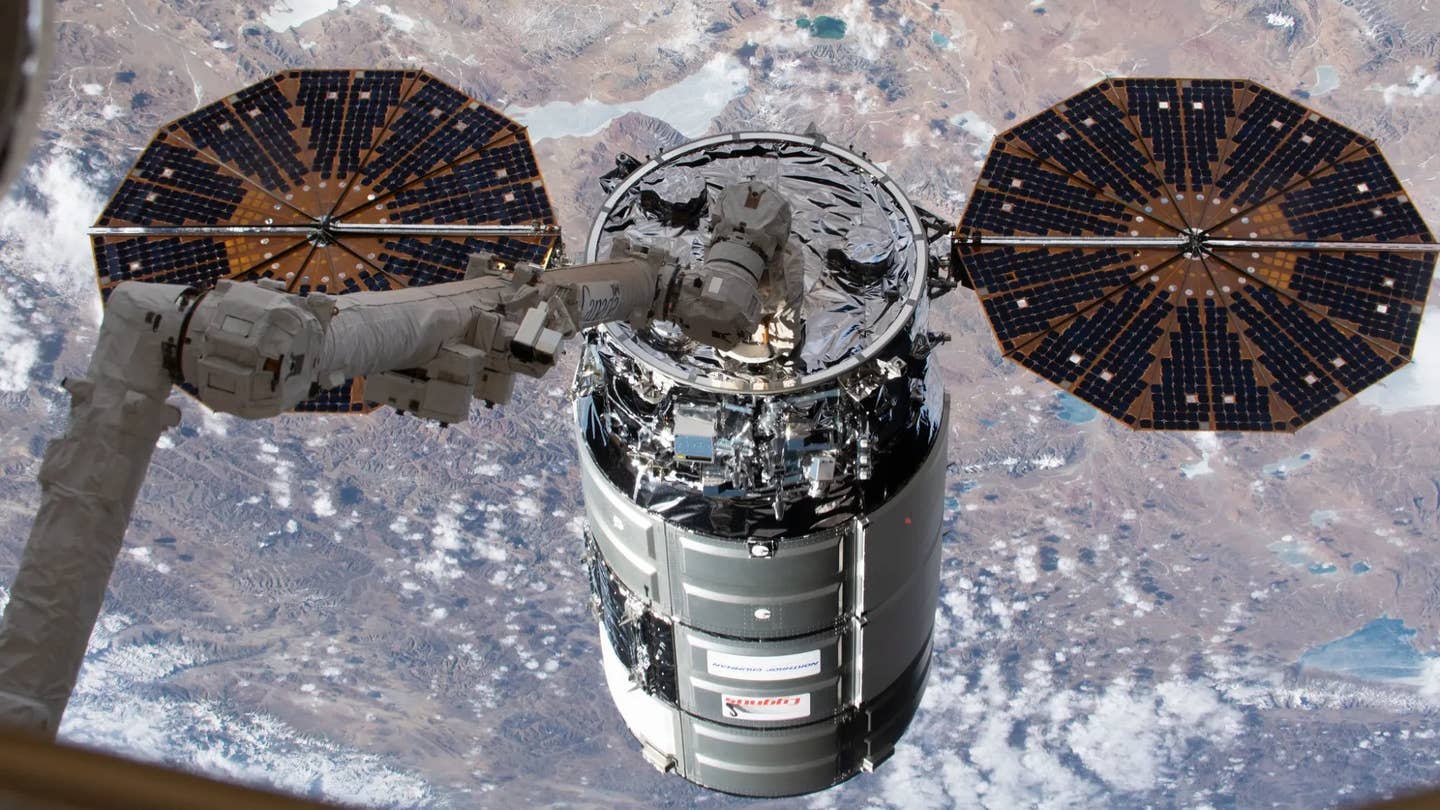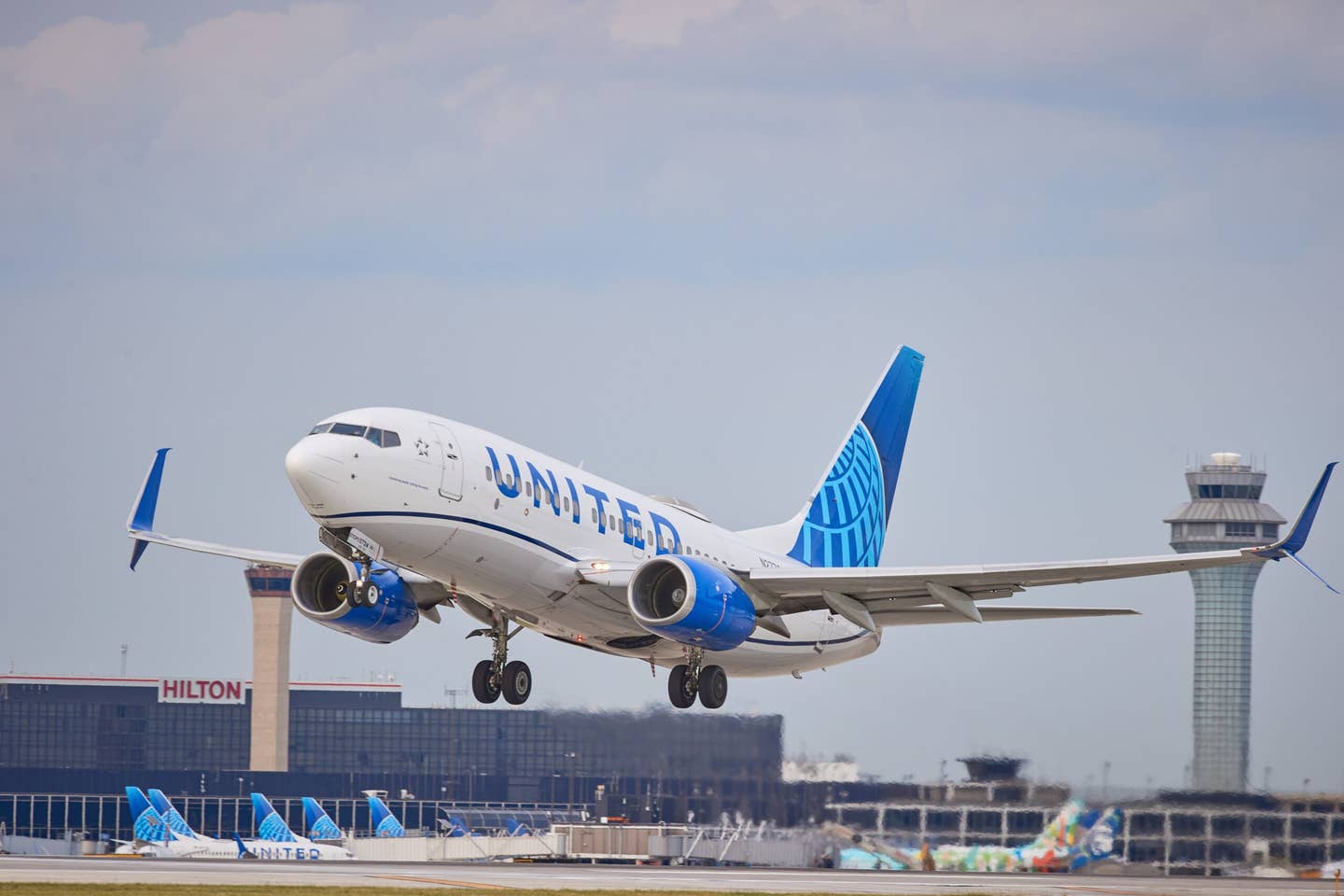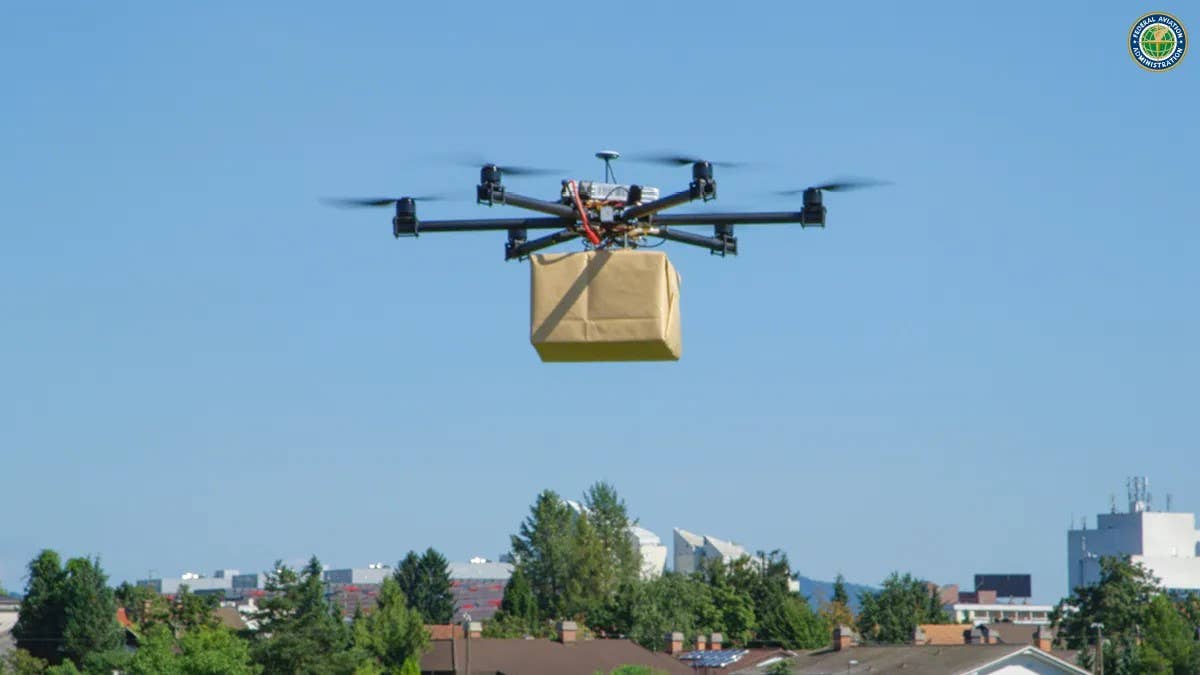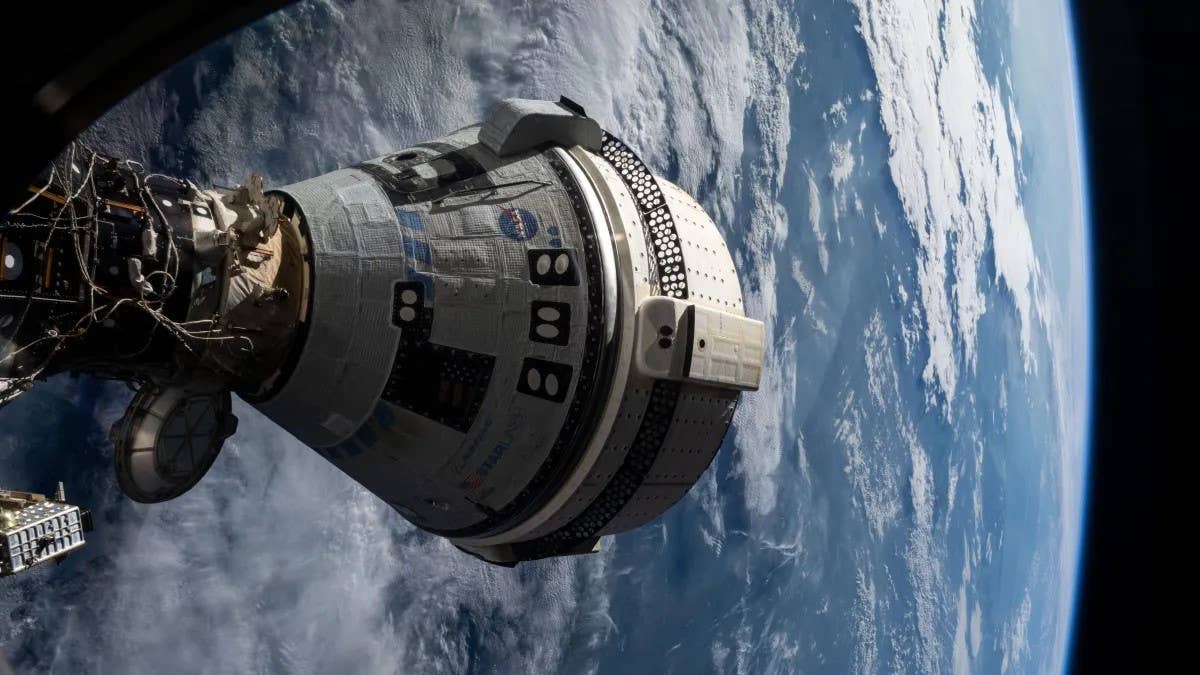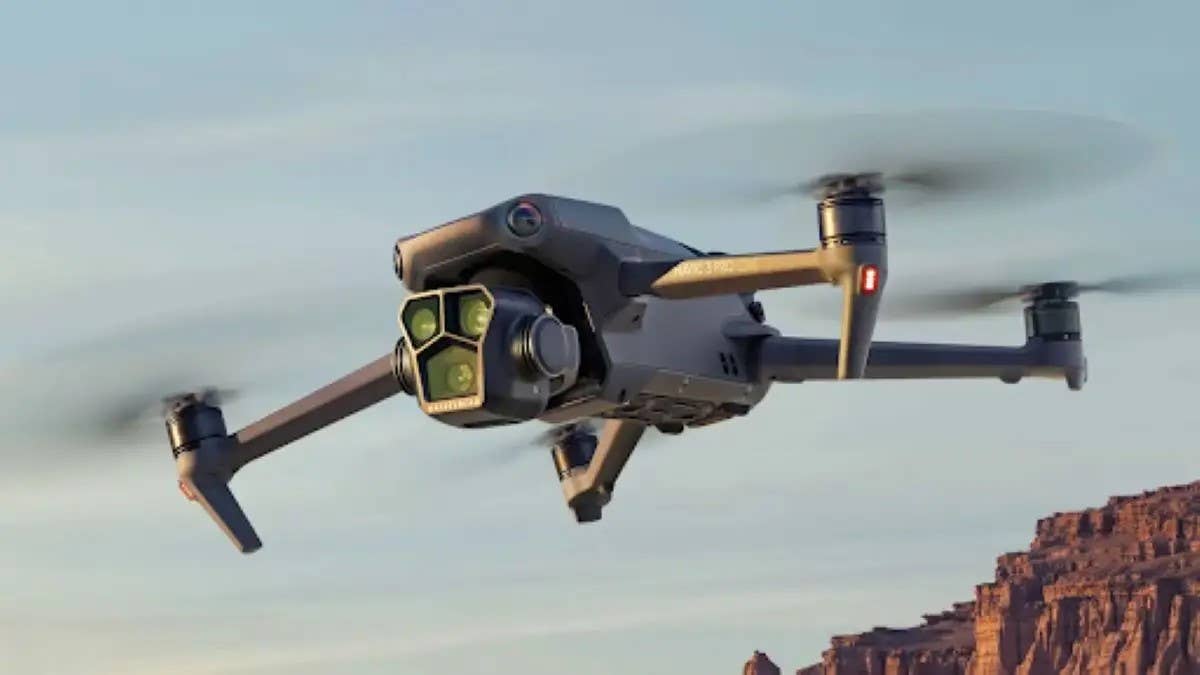Vertiport Developer Skyportz to Launch Operations as Wilbur Air
The wholly owned subsidiary will operate advanced air mobility (AAM) aircraft, including hybrid-electric short takeoff and landing (eSTOL) aircraft from Electra.
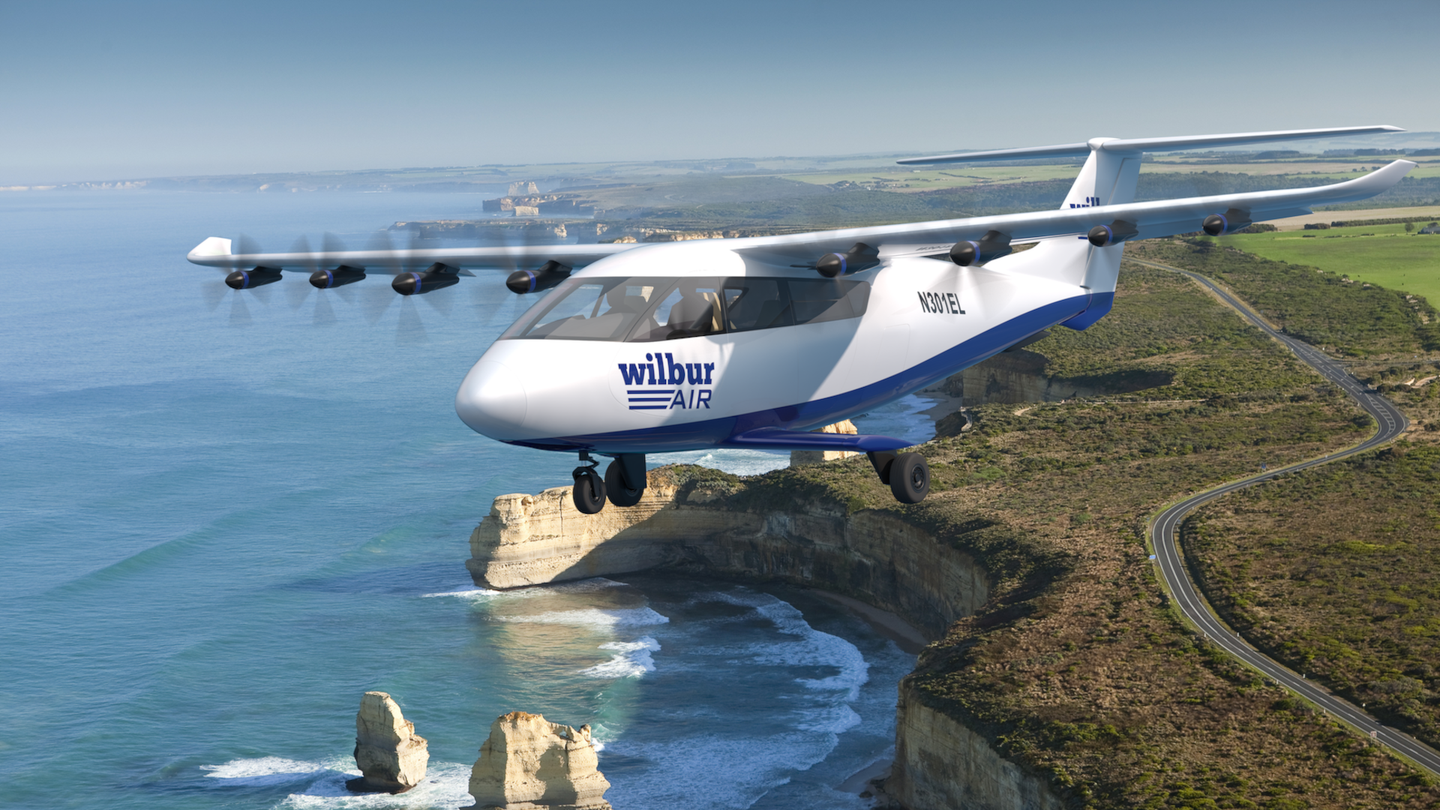
A 3D rendering depicts a Wilbur Air-branded Electra.aero eSTOL flying off the coast of Victoria, Australia. [Courtesy: Wilbur Air]
Australian vertiport developer Skyportz, which is building a network of sites across the country that could accommodate advanced air mobility (AAM) operations, is now looking to operate AAM aircraft itself.
The company over the weekend announced the establishment of Wilbur Air, a wholly owned subsidiary that will operate drones, air taxis, and other electric and hybrid aircraft across the future Skyportz network.
Wilbur will have “priority access” to vertiport locations being developed across Australia. Several partners will provide aircraft to the new company to enable drone delivery, short- and long-distance passenger travel, and other AAM services.
“Wilbur Air will be establishing operational partnerships across Australia with existing small charter and helicopter companies interested in moving into advanced air mobility and flying under the Wilbur Air brand with priority access to our Skyportz vertiports,” said Clem Newton-Brown, founder and CEO of Skyportz and Wilbur Air.
American manufacturer Electra.aero is the first aircraft partner Wilbur Air has announced. The company and Skyportz signed a letter of intent (LOI) in 2021 for 100 Electra hybrid-electric short takeoff and landing (eSTOL) aircraft.
Even among electric aircraft, Electra’s eSTOL is unique in that it can take off or land in an area as small as a soccer field. According to the manufacturer, it is the first company to deploy blown lift technology using distributed electric propulsion. Blown lift redirects slipstream flows over the aircraft’s wings into large flaps and ailerons, reducing its runway requirement to just 150 feet.
Electra in January said it surpassed 2,000 orders for its flagship aircraft, including large purchase agreements with American operators Bristow Group and JSX and India’s JetSetGo.
“Our sustainable eSTOL aircraft is perfectly suited for Australia's diverse geography, with its ability to access short airstrips in both urban and remote areas while offering exceptional operational efficiency,” said Marc Ausman, chief product officer of Electra.
Newton-Brown, meanwhile, pointed to the eSTOL’s long range—about 434 nm—as a factor that could open up potential use cases for Wilbur.
Additionally, the aircraft cruises at 175 knots and can carry nine passengers or up to 2,500 pounds of cargo. According to Electra, it has twice the payload, 10 times the range, and 70 percent lower operating costs than designs that take off vertically, such as electric vertical takeoff and landing (eVTOL) air taxis.
Another advantage is the eSTOL’s hybrid-electric configuration. Because it uses hybrid power to fuel up and recharge its batteries during flight, airports won’t need electric charging infrastructure to accommodate it.
Electra intends to begin eSTOL deliveries in 2028. The company envisions a wide range of use cases for the aircraft, including passenger transport, on-demand urban air mobility, defense, cargo logistics, executive transport, humanitarian aid, and disaster response.
According to Newton-Brown, Wilbur intends to announce more aircraft partners in the future, expanding its fleet with aircraft that “suit a range of uses that we intend to operate.”
Although Skyportz will give its subsidiary priority access to its network of vertiports, the company’s goal is to “break the nexus between aviation and airports” for other operators. Many AAM infrastructure developers are looking to install vertiports at airports or FBOs, but Newton-Brown believes the industry should reduce its reliance on those sites.
“We are working with governments, air regulators, and communities to establish the parameters for the introduction of vertiport infrastructure and short takeoff and landing runways,” said Newton-Brown. “If all the aircraft do is fly from airports and helipads, then there will be no revolution. We need to start developing vertiports in new locations now.”
Last week, the Australian Association for Uncrewed Systems, the country’s largest AAM industry advocacy group, released its Industry Vision for the integration of eVTOL, eSTOL, drones, and other emerging aircraft into the country’s ecosystem. Like the FAA’s Innovate28 blueprint or U.K. Civil Aviation Authority’s Future of Flight action plan, it seeks to position Australia at the forefront of the AAM industry.
Like this story? We think you'll also like the Future of FLYING newsletter sent every Thursday afternoon. Sign up now.

Subscribe to Our Newsletter
Get the latest FLYING stories delivered directly to your inbox

